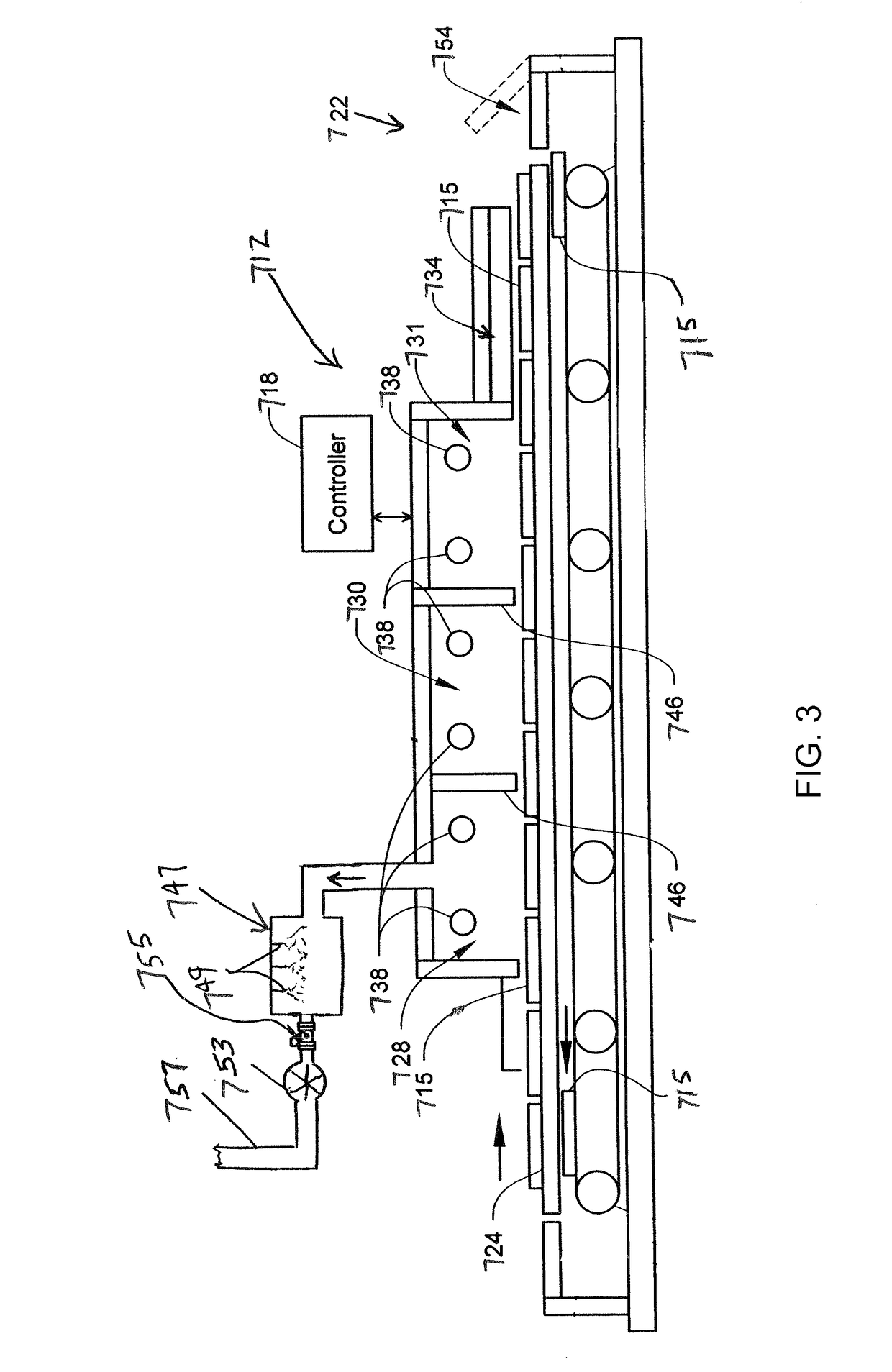Method and system for producing metallic iron nuggets
a technology of metallic iron and nuggets, applied in the field of reduction iron bearing materials, can solve the problems of increased energy consumption, undesirable metallic iron nuggets made by direct reduction, and high sulfur content of nuggets, and achieve the effects of low oxygen content, low gangue, and low porosity
- Summary
- Abstract
- Description
- Claims
- Application Information
AI Technical Summary
Benefits of technology
Problems solved by technology
Method used
Image
Examples
Embodiment Construction
[0060]Certain embodiments of a process for the production of metallic iron nuggets are described with reference to FIGS. 1-3. Various other embodiments of the process for the production of metallic iron nuggets and examples supporting such various embodiments are also described with reference to the other Figures as described below. The method and system for producing metallic iron nuggets as will be described in further detail by way of example, together with one or more of the resulting benefits and features. As explained in detail hereinafter, the disclosed process permits the control of the amount of sulfur to produce a novel intermediate slag / metallic nugget product, and with separation, novel metallic iron nuggets.
[0061]FIG. 1 shows a block diagram of one or more generalized illustrative embodiments of a metallic iron nugget process 10. The metallic iron nugget process 10 shown in the block diagram shall be described with further reference to a more detailed embodiment shown i...
PUM
| Property | Measurement | Unit |
|---|---|---|
| temperature | aaaaa | aaaaa |
| temperature | aaaaa | aaaaa |
| temperature | aaaaa | aaaaa |
Abstract
Description
Claims
Application Information
 Login to View More
Login to View More - R&D
- Intellectual Property
- Life Sciences
- Materials
- Tech Scout
- Unparalleled Data Quality
- Higher Quality Content
- 60% Fewer Hallucinations
Browse by: Latest US Patents, China's latest patents, Technical Efficacy Thesaurus, Application Domain, Technology Topic, Popular Technical Reports.
© 2025 PatSnap. All rights reserved.Legal|Privacy policy|Modern Slavery Act Transparency Statement|Sitemap|About US| Contact US: help@patsnap.com



